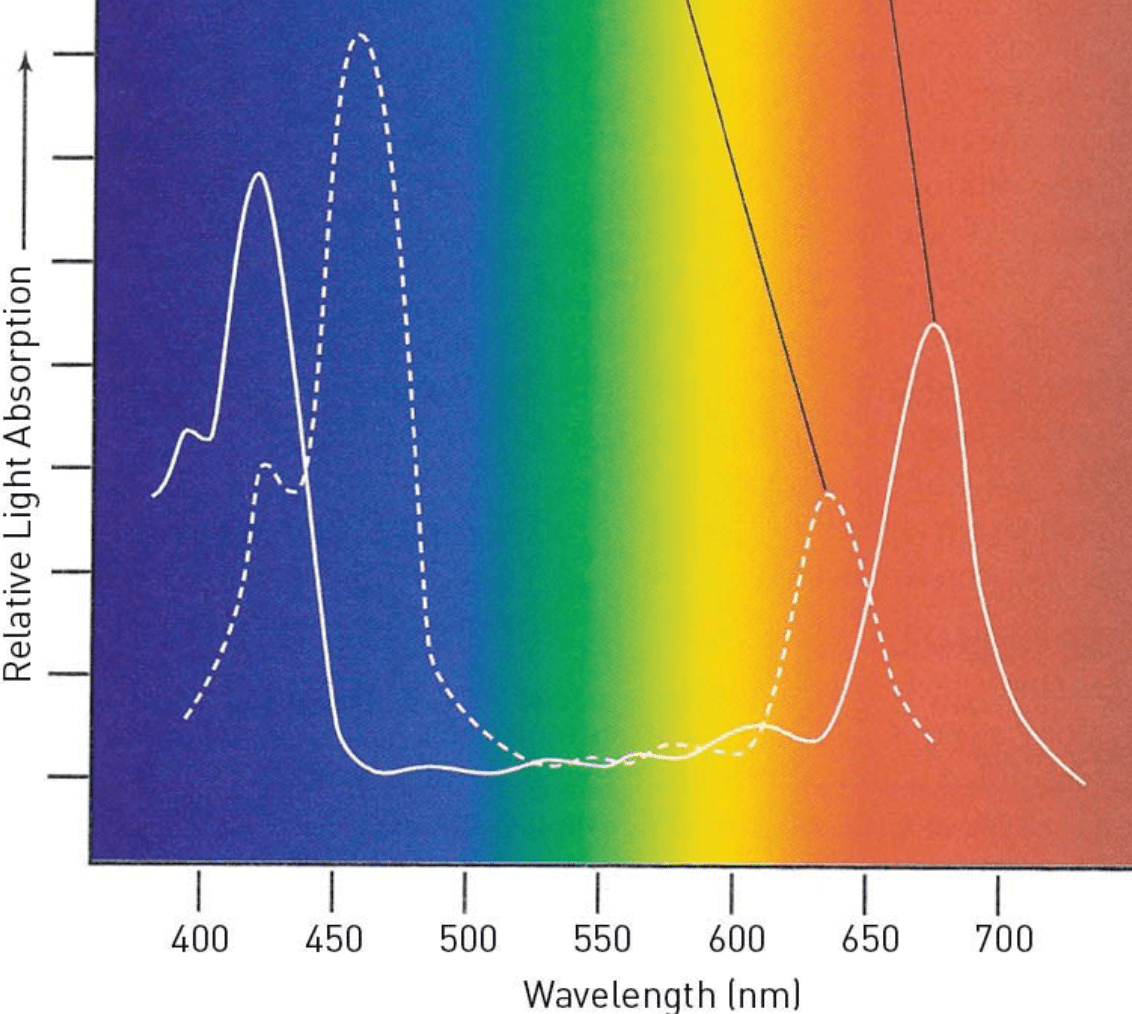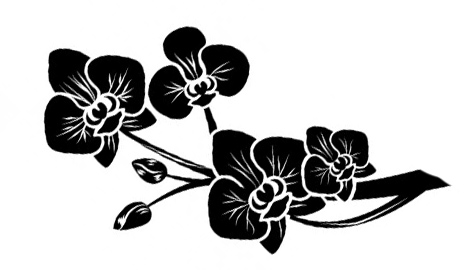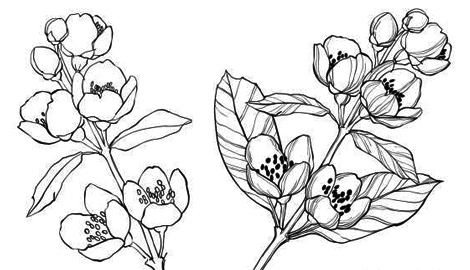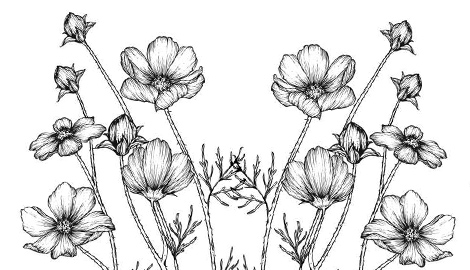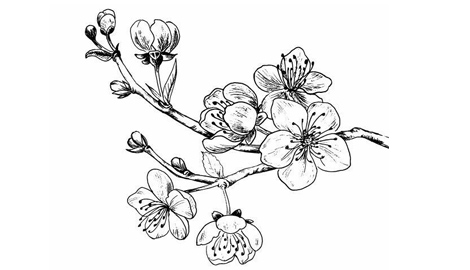Sorry, nothing in cart.
What do you measure in terms of light?
- blogs
- |
Light is very impotent factor for plant growth. Natural light gives the best wavelength for plant development. As well, in commercial aspects, people use various types of man-made lights such as fluorescent, incandescent, light-emitting diode (LED) ect. Importantly, make sure to select the light source with spectra in the photosynthetically active region, which comprises light energy between 400 – 700 nanometers (nm).
Today we are not talking about the source of light but what you actually measure. A foot- candle is a unit to measure light intensity which based on the illumination on one square foot of surface that is one foot away from a standard candle. One square foot is roughly equal to 10 lux (0.093 = 1 lux).
But this is not the actual light availability to plant in order to photosynthesis because plants operate in a much narrower band of light known as PAR (photosynthetically active radiation). Light in the PAR can be measured as micromoles per square meter per second (μmol m-2 sec -1), microeinsteins per square meter per second (uE m-2 sec-1) or watts per square meter (wm-2). Although measuring light availability is more accurate, using foot-candle in home-based labs is much easier, inexpensive and readily available.


Figure 01: Full-Spectrum quantum meter to measure light availability; Source: www.apogeeinstruments.com

Figure 02: Digital Light Meter to measure light intensity
Article ; H. Dona

